Why do we need solar power supply for cctv camera instead of solar power CCTV camera in most scenarios?
Table of Contents
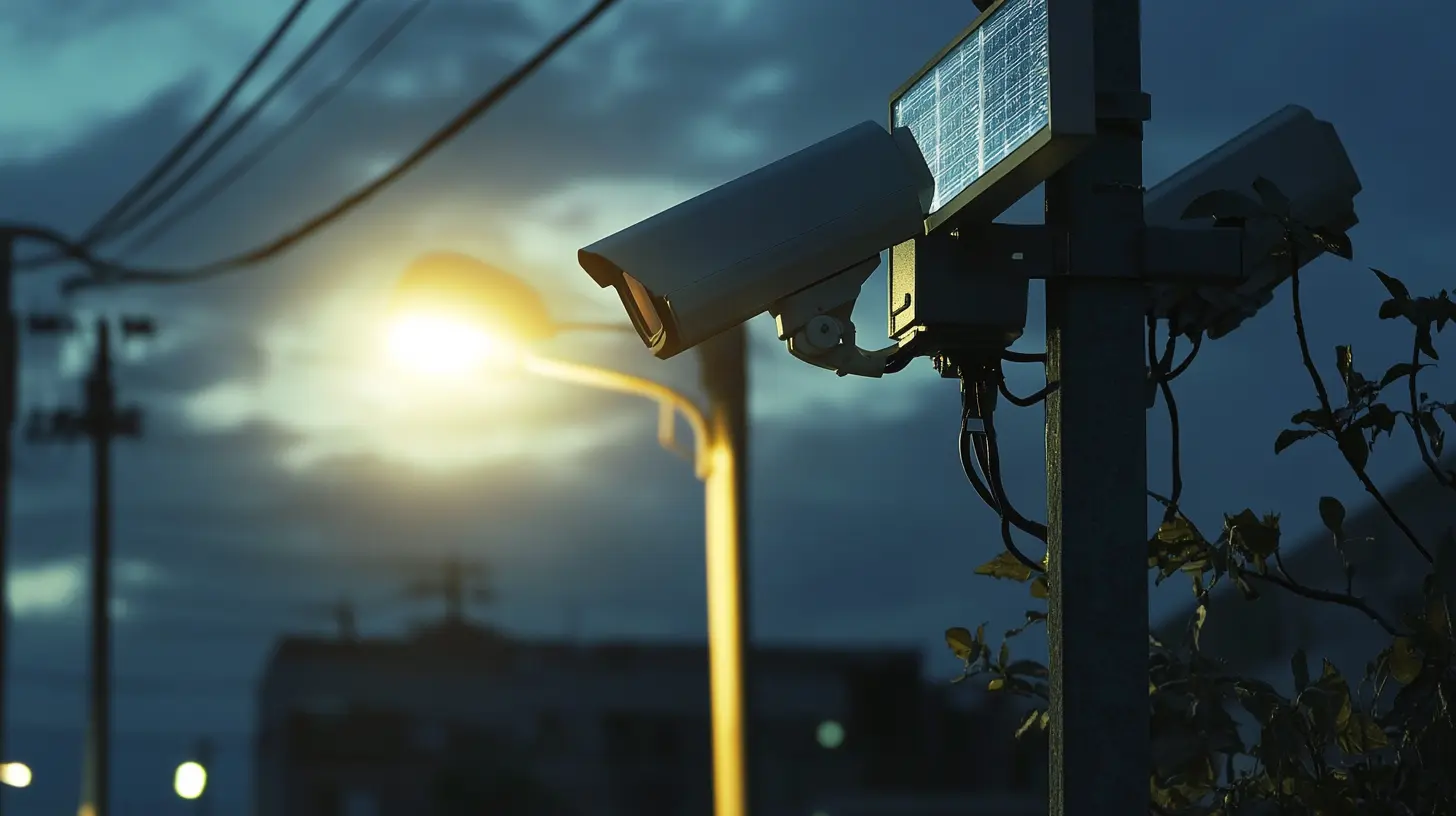
Why do we need solar power supply for cctv camera instead of solar power CCTV camera in most scenarios?
The deployment of video surveillance network depends on electricity, but there are still many areas that are not covered by electricity. When CCTV cameras need to be deployed in these areas, solar power is needed. There are two ways to deploy: the first is to use solar power supply for CCTV camera to provide power to CCTV camera. The second is to directly deploy solar power CCTV camera. Both methods have their own advantages and disadvantages. However, in the absolute majority of large-scale video surveillance projects, the use of solar power supply for CCTV camera is more reliable and more in line with project needs.
Although solar energy can theoretically power the system anywhere, there are many limitations in actual use, such as:
(1) Solar energy resources are not uniform across the world, so the configuration of solar energy systems based on sites in different places is different.
(2) Different video surveillance projects have different requirements for system reliability and system autonomy time, which results in very different system configurations.
(3) Different regions have different climate and geographical conditions such as ambient temperature and humidity, which also require special adaptation.
Edgeware’s experience in outdoor solar power deployment is that solar power supply for CCTV camera is a highly customized scenario, and it is impossible to use a standardized solution to meet all requirements. Solar power CCTV camera is often a standardized solution, mostly used to meet some civilian scenarios that do not require high system online time and reliability. Let’s analyze the problems encountered in the deployment of solar power supply for CCTV camera:
Solar energy is unevenly distributed around the world
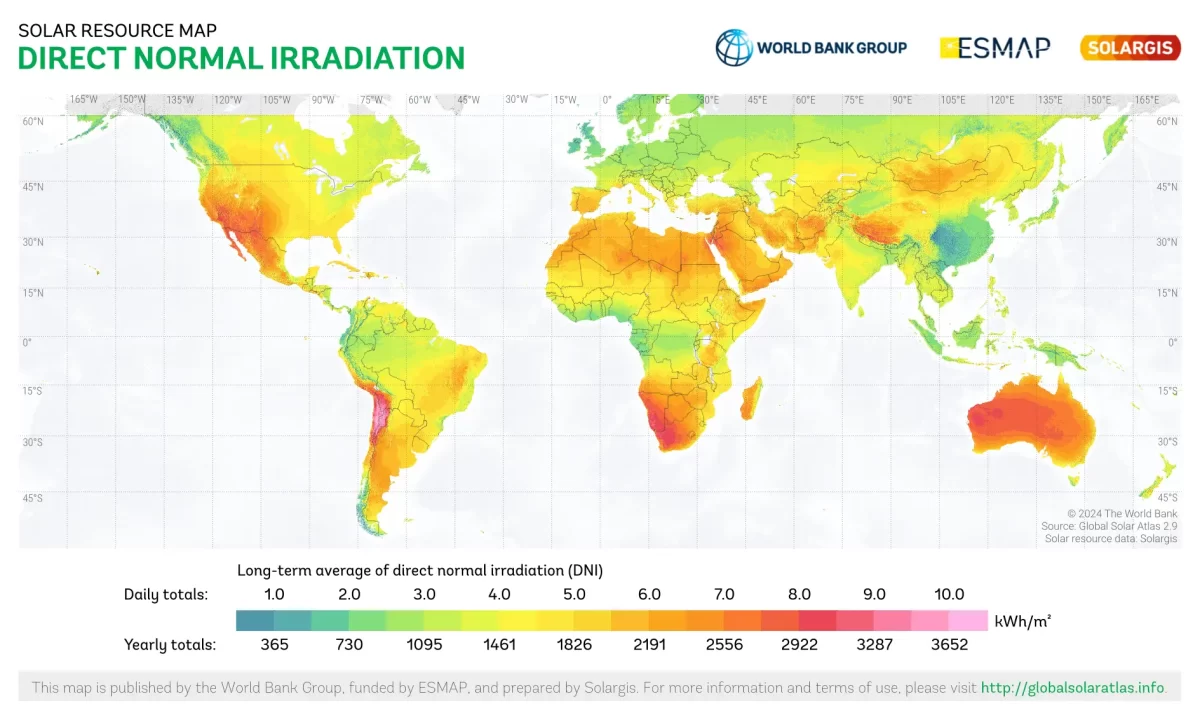
Source: Solar GIS
We can see that the situation of solar energy resources in different regions of the world is very different. Suppose there is a site with three cameras, with a total of 30W. The requirement for its solar battery configuration is that the entire solar power supply for CCTV camera needs to be able to support the system to run for 48 hours through battery support when there is no sun on rainy days. And we assume that when there is sun, the battery is fully charged in 12 hours. We take eastern Australia and eastern China as assumptions based on the above figure. Then the daily solar potentia in Australia is 5.5kw/m2. The daily solar potentia in China is 3kw/m2.
Then the configuration of solar power supply for CCTV camera at the Australian site is: solar panel 230W battery 1728Wh
And the corresponding configuration of solar power supply for CCTV camera at the Chinese site is: solar panel 422W battery 1728Wh
Then when we further consider the difference in weather, we will find that it often rains for more than a week in spring in eastern China, and the 48-hour battery configuration is not reasonable at all. Relatively speaking, we need to increase the battery configuration of the Chinese site.
So ultimately when the project is deployed, the two sites will have very different configurations.Therefore, we can conclude that it is impossible to meet all needs of solar power CCTV camera scenarios with one standardized product.
Different projects have different requirements for system availability

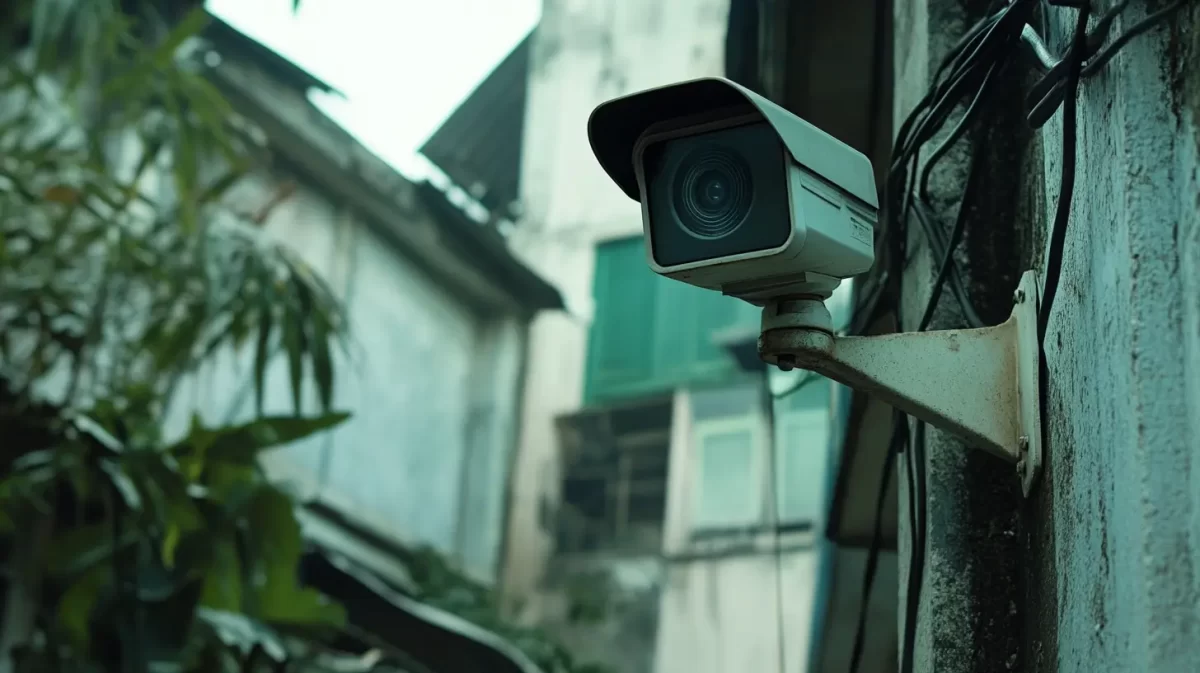
We need to realize that different scenarios have different requirements for system availability. System availability is the biggest challenge for solar power systems. Therefore, the instability of solar resources and system availability are largely determined by the capacity of battery configuration. Batteries are relatively expensive units in the entire system, so configuring too large batteries will result in excessive costs, while configuring too small batteries will result in poor system availability. Therefore, they are generally configured according to project requirements.
The above picture shows two scenarios, one is the national border scenario and the other is the residential building scenario. If both scenarios are implemented using solar power, let’s analyze the differences.
National border
The example of national border is generally required by the government. This type of project has high requirements for availability. After all, the monitoring border cannot cause the solar battery to run out due to rainy days, causing the entire site to power down. At this time, we need to configure a larger battery capacity at the site.
Residential buidling
For general residential building video surveillance scenarios, because it is a civilian project, the system availability requirements are not so high, and the project CAPEX requirements are relatively high, so there is no need to configure too large a battery, which will lead to an excessively large investment budget for the entire project.
So we can see that the configuration of the solar power supply for CCTV camera system in different scenarios is not the same.
Different projects have different climate and environment
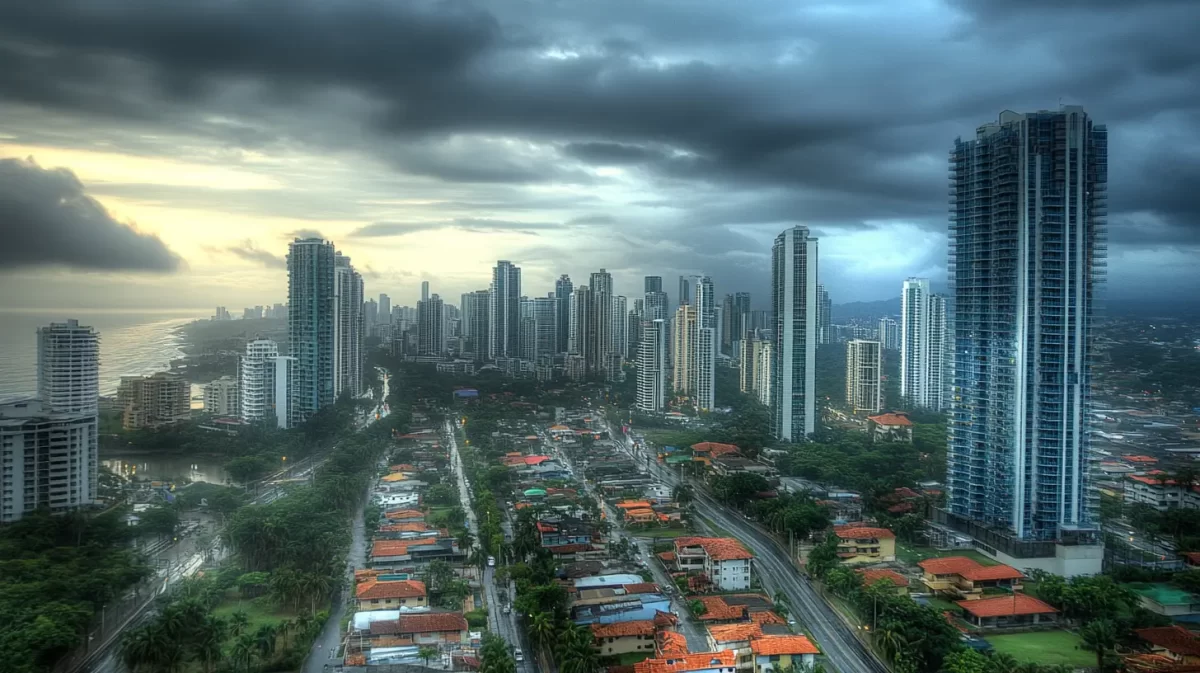



The climate and environmental conditions in different regions of the world are very different, so the configuration of solar power supply for CCTV camera will be very different. Because it needs to consider the impact of the environment on the entire system.
Area hot with high humidity
This environment requires the protection level of the entire system to reach IP65 or above, so as to prevent high humidity air from entering the equipment and affecting various electrical appliances.
Area hot with sands
This environment needs to consider the impact of sand and dust on the stability of the entire system, to achieve IP65 level protection, and also to consider how to do a good job of heat dissipation in this environment.
Area very cold in winter
The temperature in this area varies greatly in different seasons. In winter, the temperature will be below -10℃, which will affect the charging and discharging of the battery. At this time, it is necessary to configure a heater for the solar power supply for CCTV camera to ensure the normal operation of the battery in winter. The use of the heater further affects the configuration of the battery capacity.
It can be seen that different climates have a great impact on the entire solar power supply for CCTV camera.
Comparison between Solar power supply for cctv camera and solar power CCTV camera
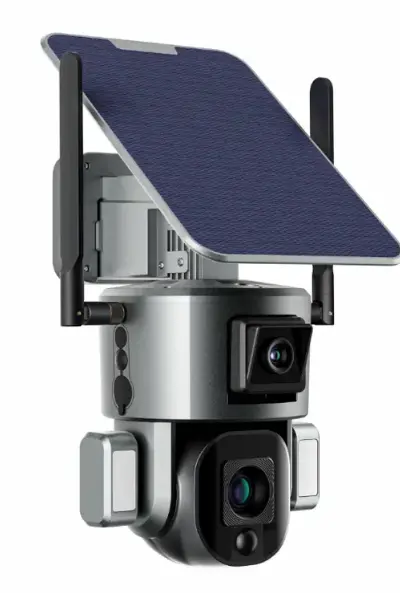
The above picture is a typical solar power CCTV camera, and its configuration is generally as follows:
20000mah 5V battery, then its capacity can be estimated to be 20000mah/1000*5V = 100Wh, assuming its power consumption is 10W, then the battery can run the entire system for 10 hours without solar power
And its solar panel is basically only 6W, so the time required to fully charge the entire battery is 100Wh/6W = 16.66 hours. And it can be seen that the lithium battery of this system does not consider the impact of the environment below -10℃ in very cold areas in winter on the lithium battery.
Combined with our previous analysis, we will find that such standardized products cannot meet many of the situations we analyzed. In general, most solar power CCTV cameras on the market are designed for general civilian use rather than for professional and high-demand video surveillance projects.
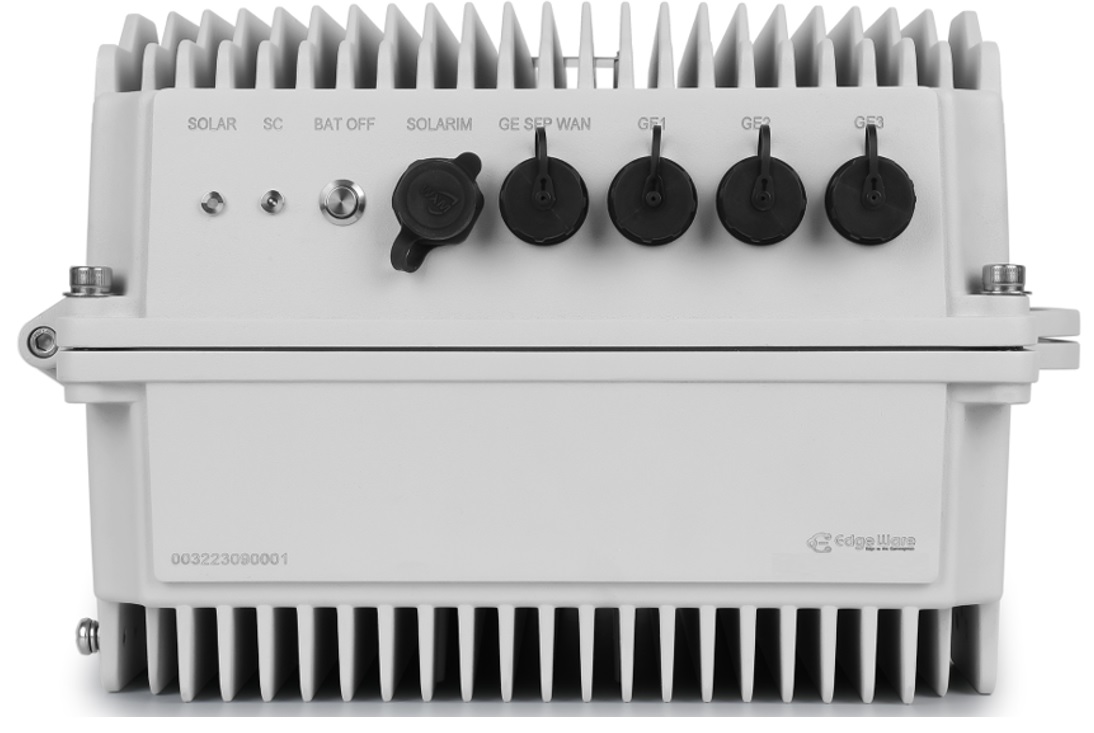
The above picture shows Edgeware’s solar power supply for CCTV camera. Our products are designed based on customer scenarios, and different scenarios provide different configurations to meet customer needs. As analyzed in the previous article, it is impossible for a solar power supply for CCTV camera to meet all needs based on a standard product. Its design, production and integration must be based on the actual scenario and environmental conditions.
Conclusion
Solar power CCTV camera is the best choice in the civilian field, and its standardized design facilitates mass production to optimize the user experience and cost to the greatest extent. However, for large-scale video surveillance projects, customized solar power supply for CCTV camera is the best choice, which is designed and configured based on the project case by case to achieve the best balance of availability, reliability and cost.
Related Models

Edge Span S60 LSP-3 POE Solar Power Supply for CCTV camera


